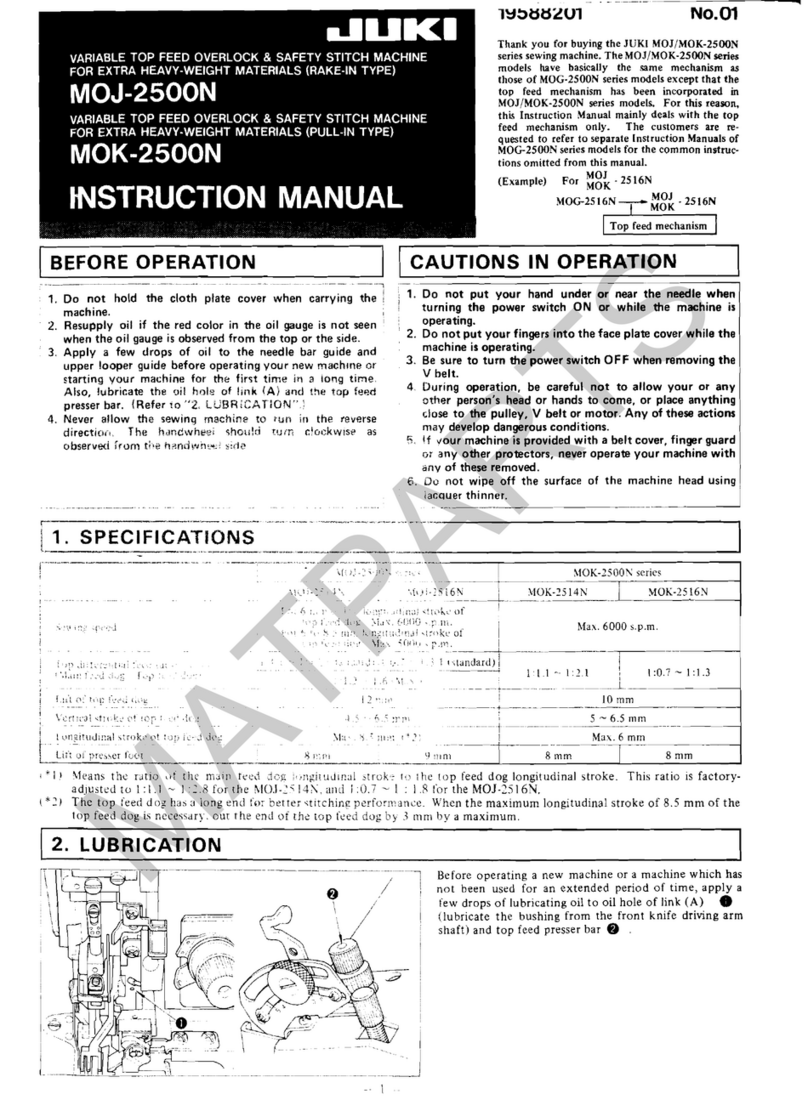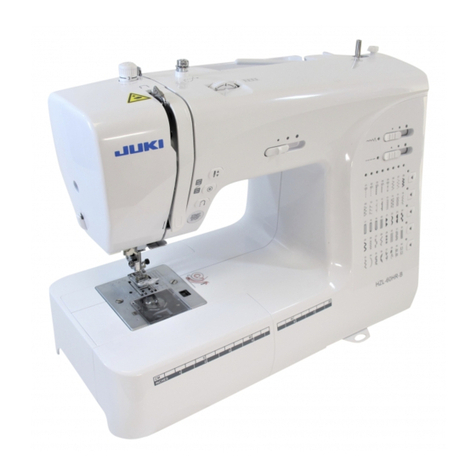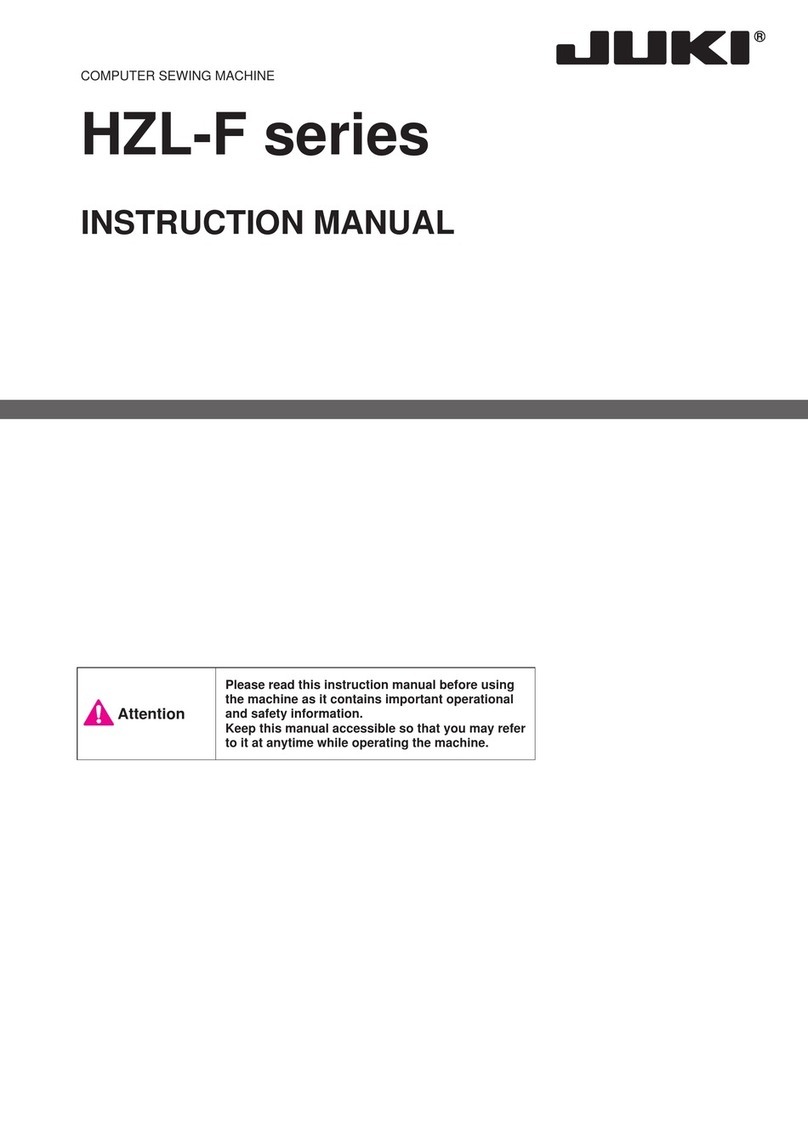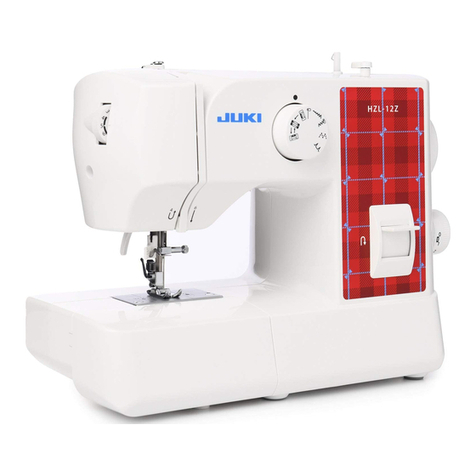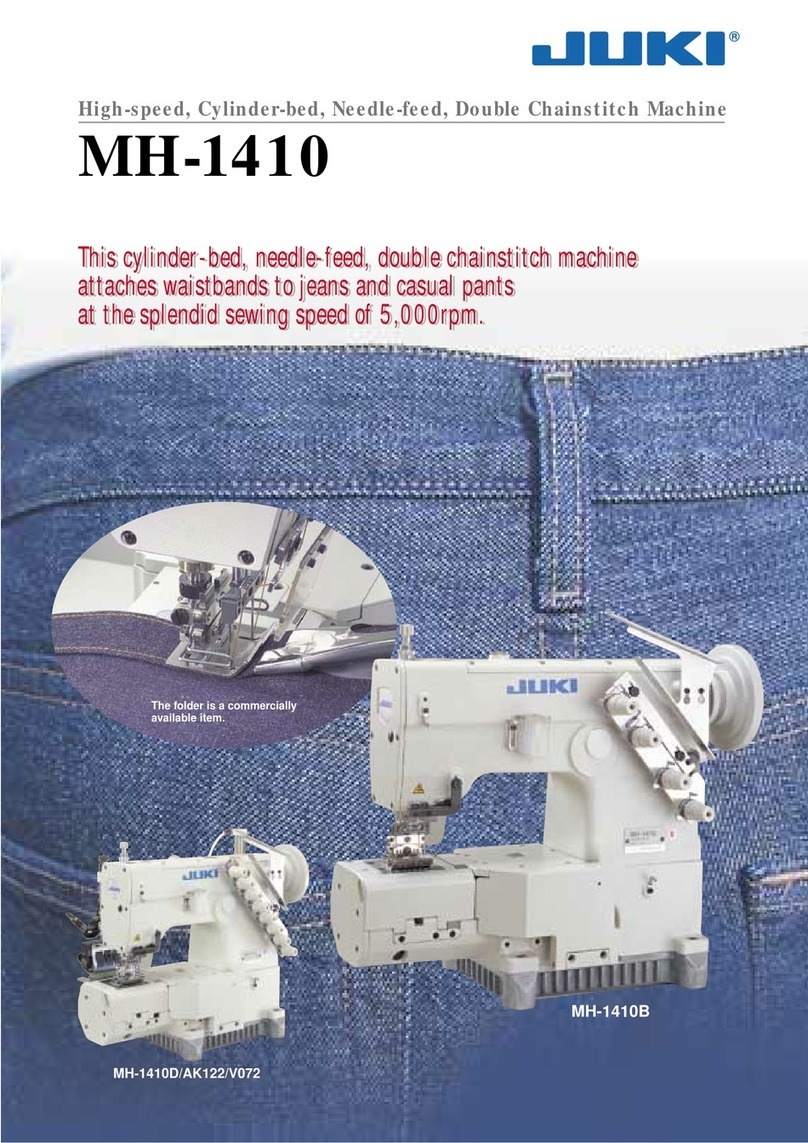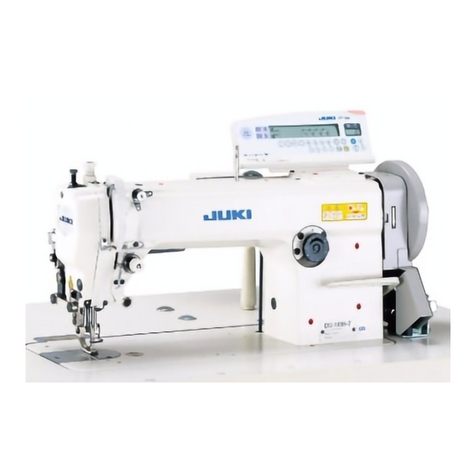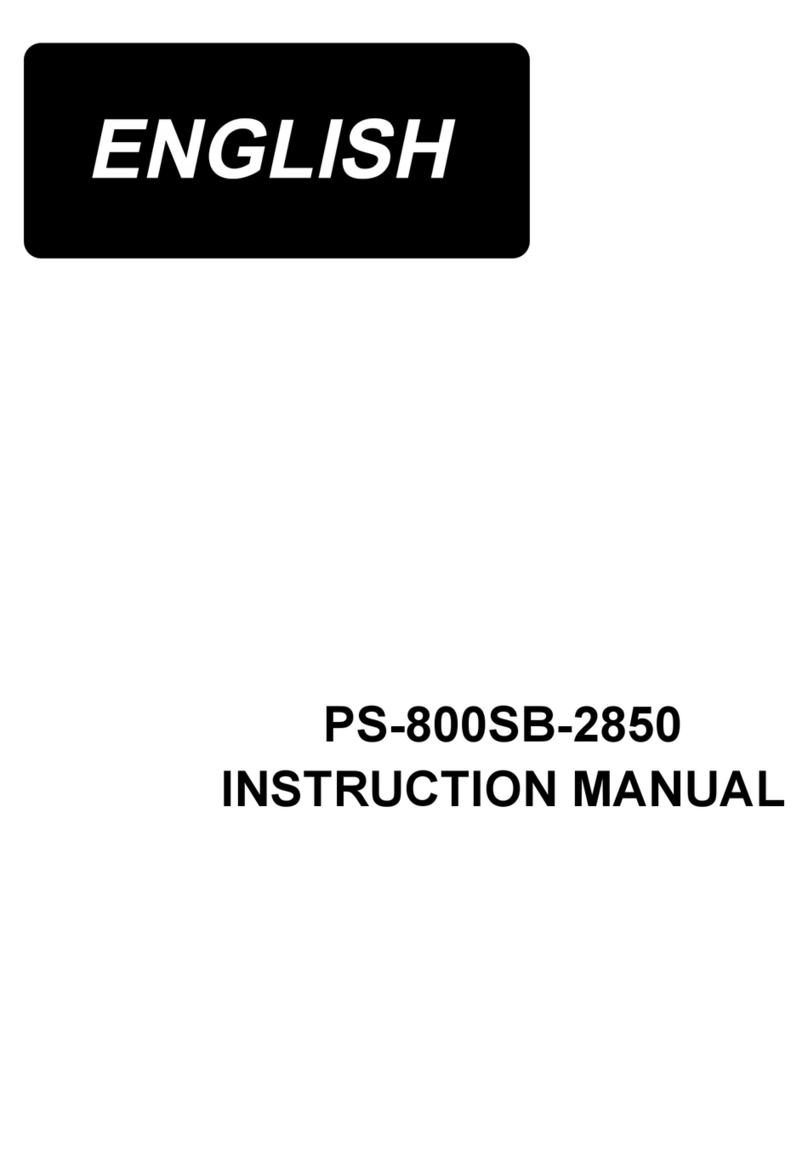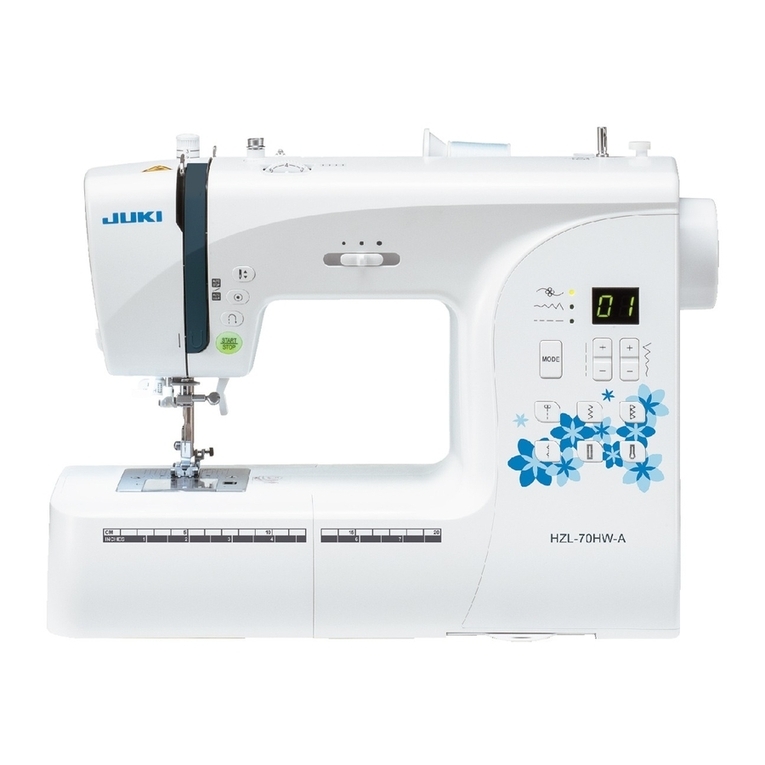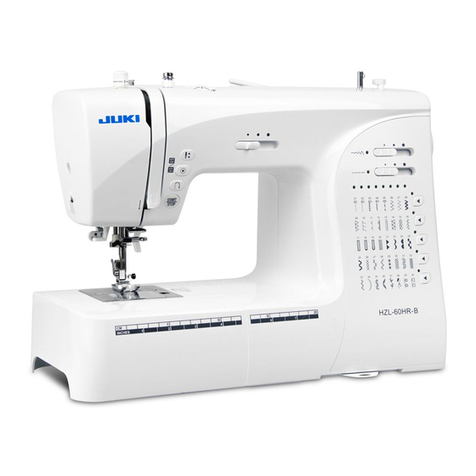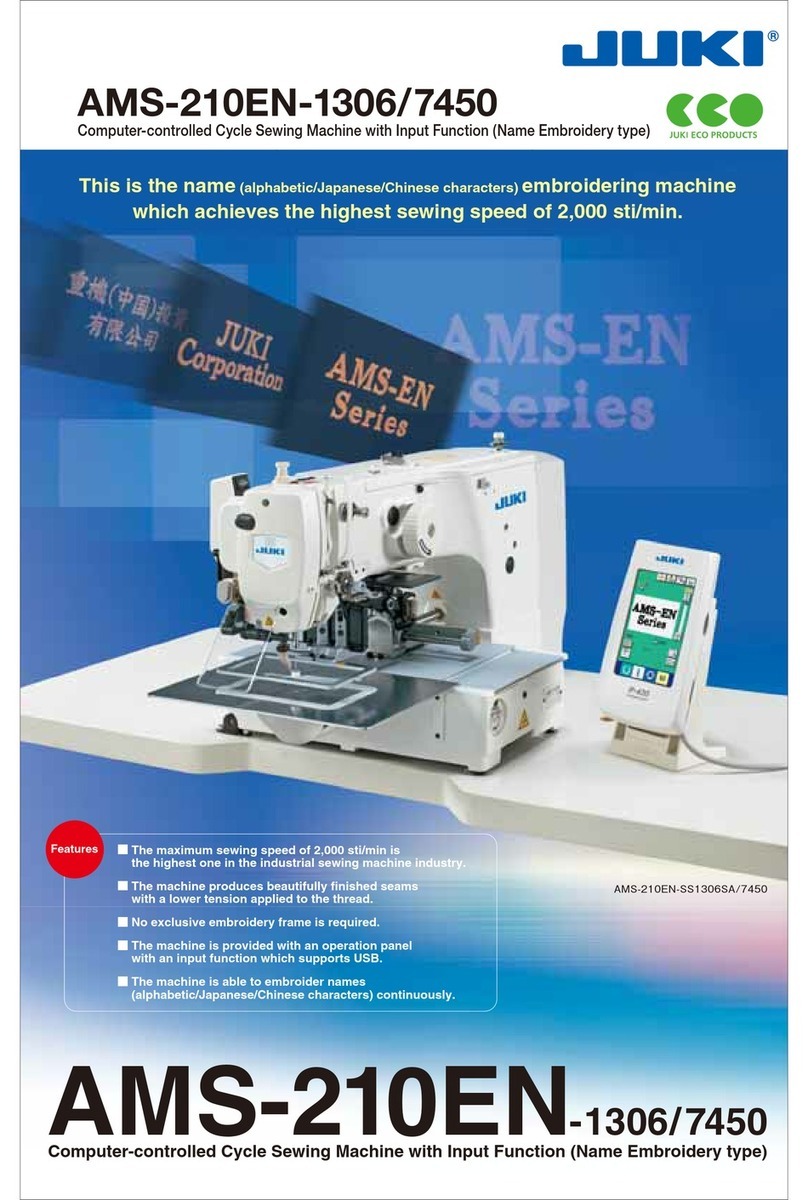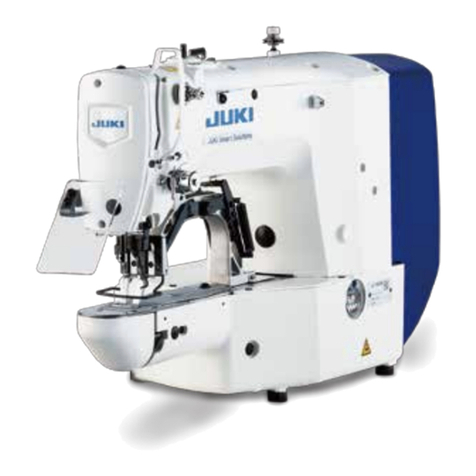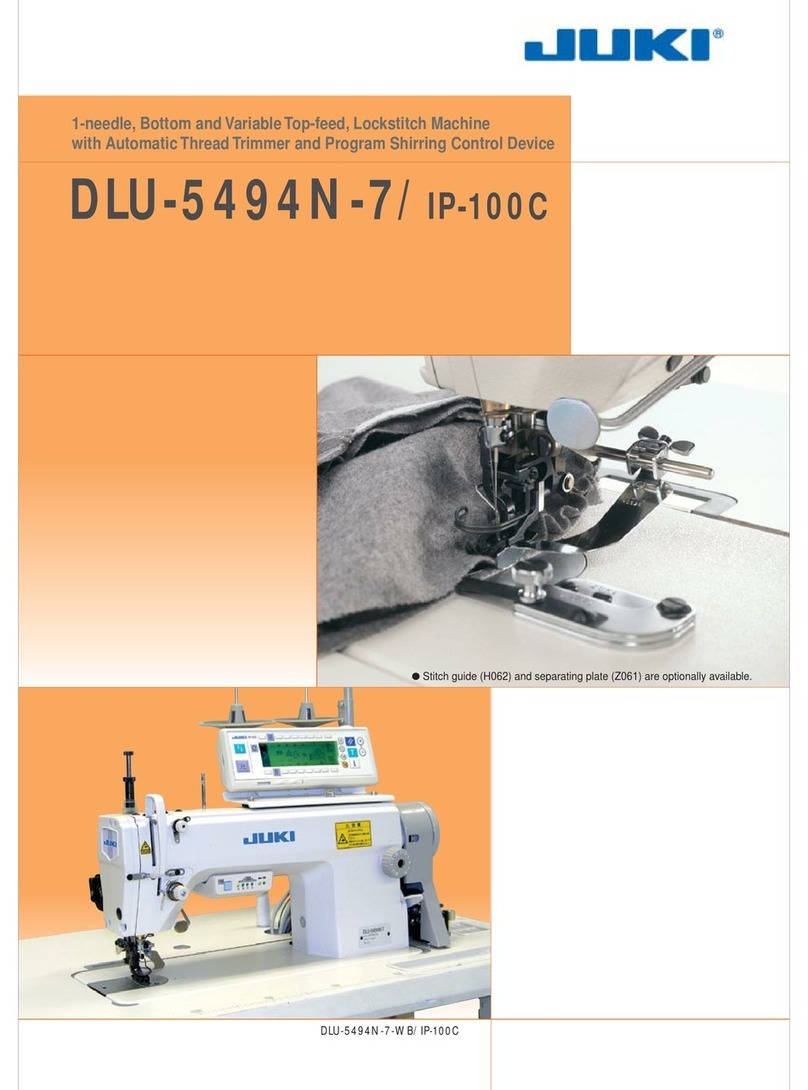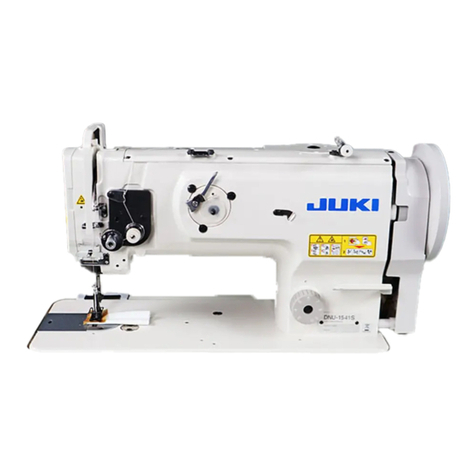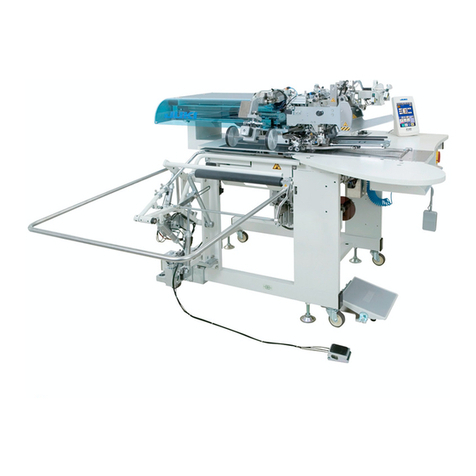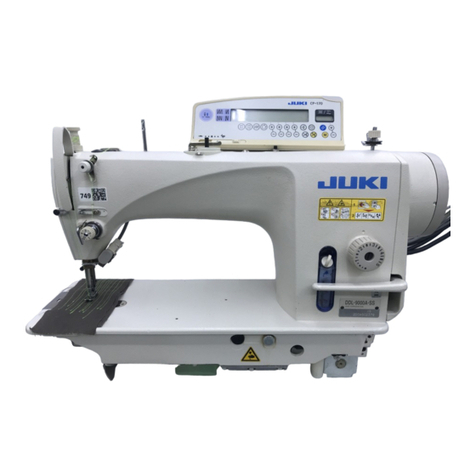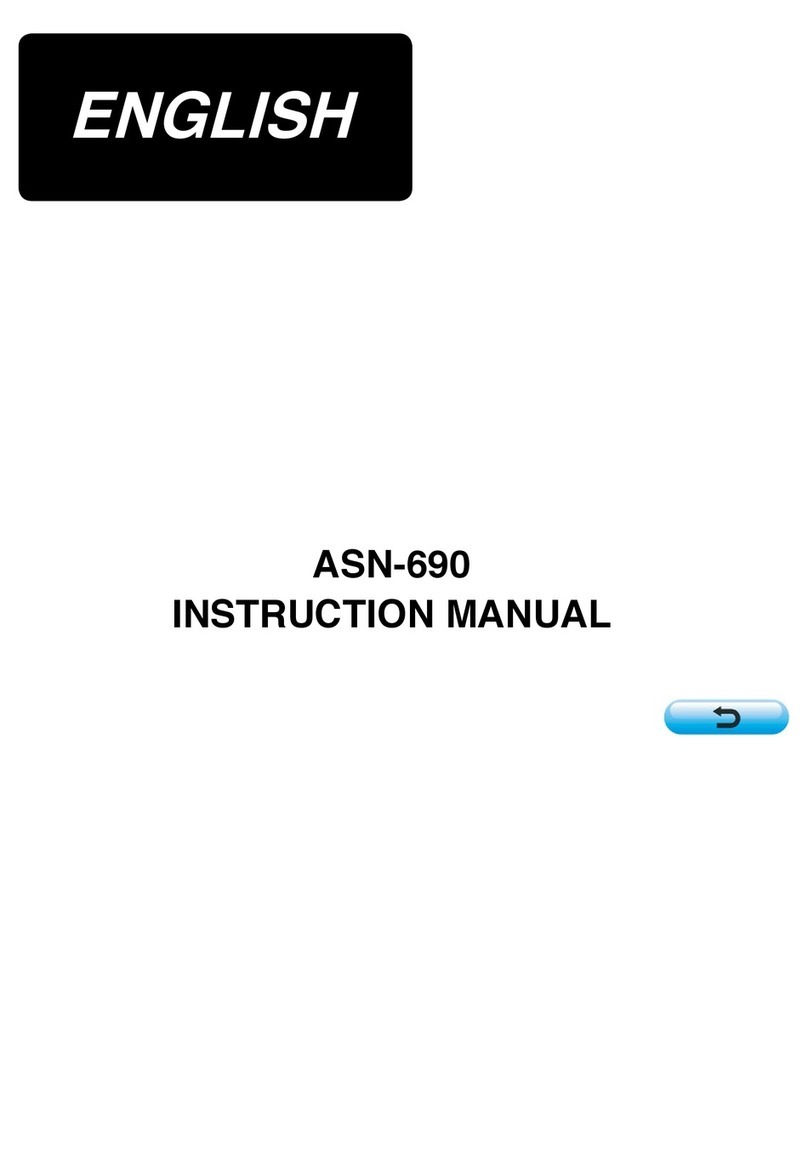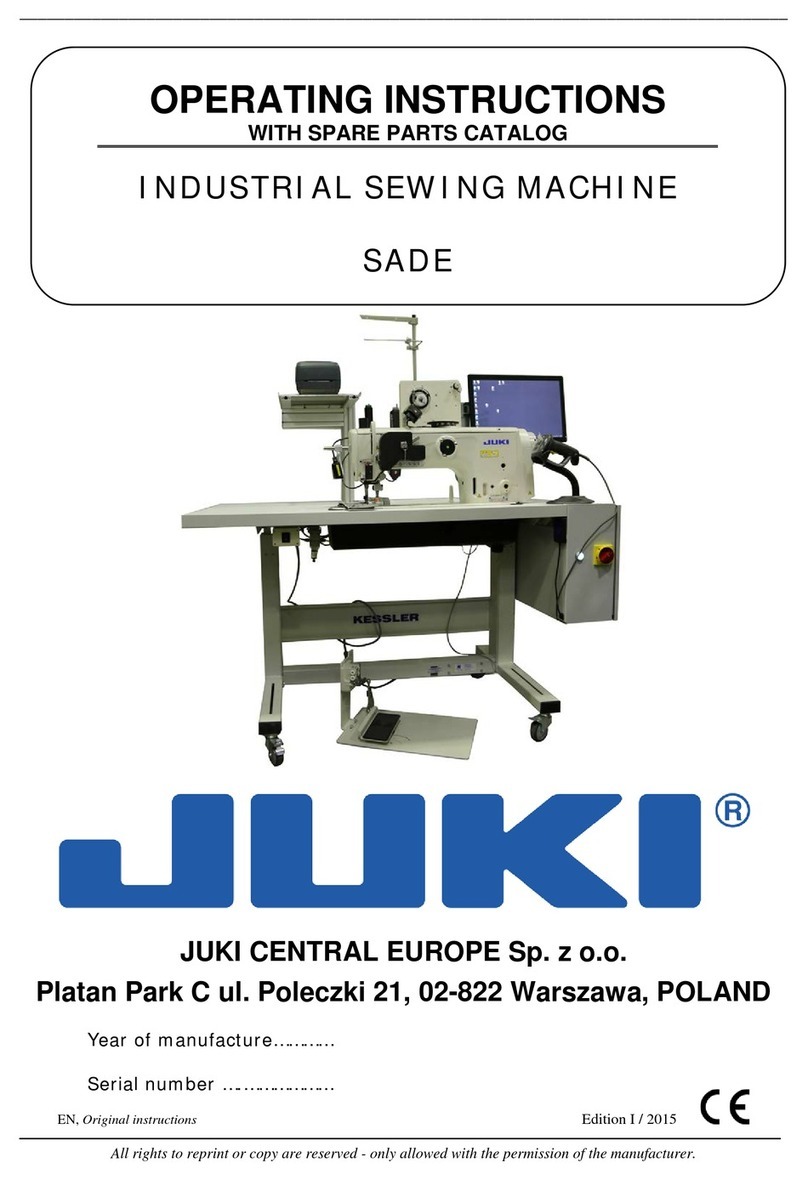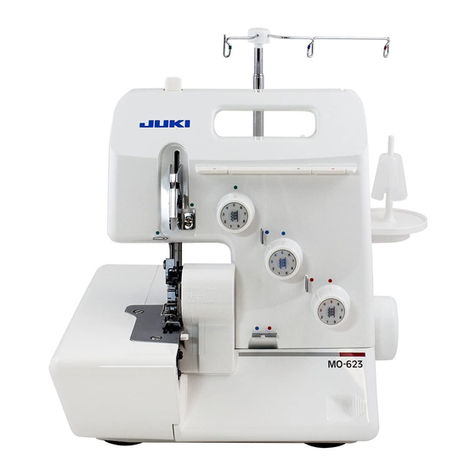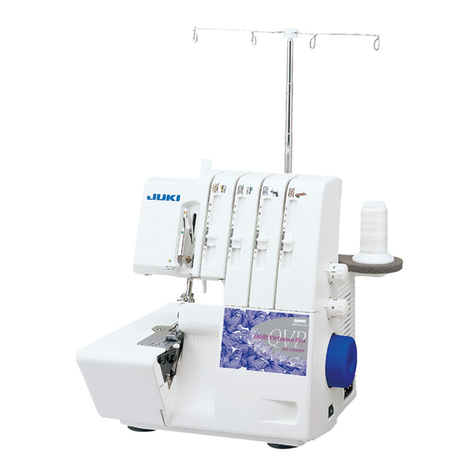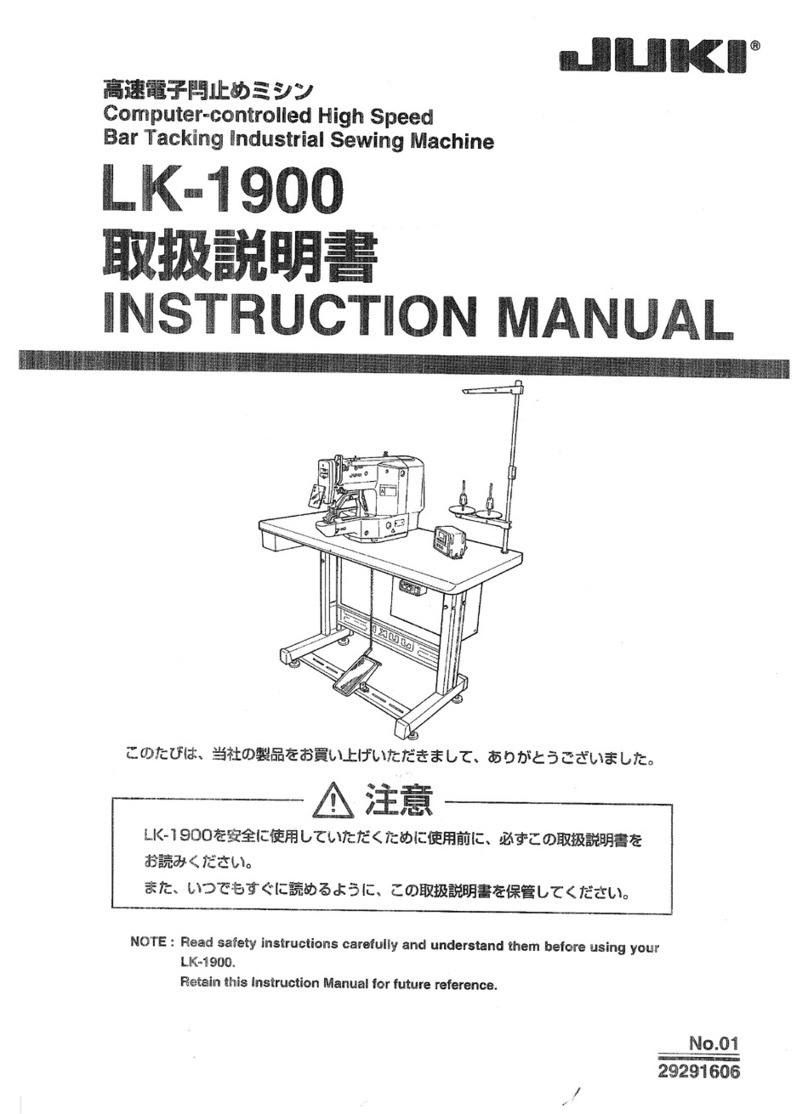
i
CONTENTS
I. IMPORTANT SAFETY INSTRUCTIONS ..................................................... 1
II. SPECIFICATIONS....................................................................................... 1
1. Specications.........................................................................................................................2
2. Standard sewing shape list...................................................................................................3
3. Conguration .........................................................................................................................4
III. INSTALLATION.......................................................................................... 5
IV. PREPARATION BEFORE OPERATION.................................................. 15
1. Lubrication ...........................................................................................................................15
2. Inserting the needle .............................................................................................................16
3. Threading the needle-thread...............................................................................................17
4. Threading the bobbin case .................................................................................................17
5. Adjusting the bobbin thread tension .................................................................................18
6. Installation of bobbin case..................................................................................................18
7. Installing the knife ...............................................................................................................19
8. Checking the sewing machine in the delivered state.......................................................19
V. OPERATION OF THE SEWING MACHINE.............................................. 20
1. Explanation of the operation panel switch........................................................................20
2. Basic operation of the sewing machine ............................................................................22
3. How to use the pedal ...........................................................................................................23
4. Input of the presser type .....................................................................................................25
5. Performing pattern selection ..............................................................................................26
6. Changing needle thread tension ........................................................................................27
7. Performing re-sewing ..........................................................................................................28
8. Winding bobbin thread........................................................................................................29
9. Using the counter ................................................................................................................31
10. Using the initial value pattern...........................................................................................34
11. Changing sewing data.......................................................................................................35
12. Method of setting sewing data with/without edit ............................................................37
13. Sewing data list..................................................................................................................38
14. Copying sewing pattern ....................................................................................................44
15. How to edit/check the data other than sewing data .......................................................45
16. Using parameter register key ...........................................................................................47
17. Performing continuous stitching .....................................................................................48
18. Performing cycle stitching................................................................................................51
19. How to change the name of cycle/continuous sewing data ..........................................53
20. Explanation of plural motions of knife.............................................................................54
21. Method of changing memory switch data .......................................................................55
22. Memory switch data list ....................................................................................................56
23. How to change the sewing speed while the sewing machine is engaged in sewing.. 60
24. How to adjust the pedal variable resistor........................................................................61
